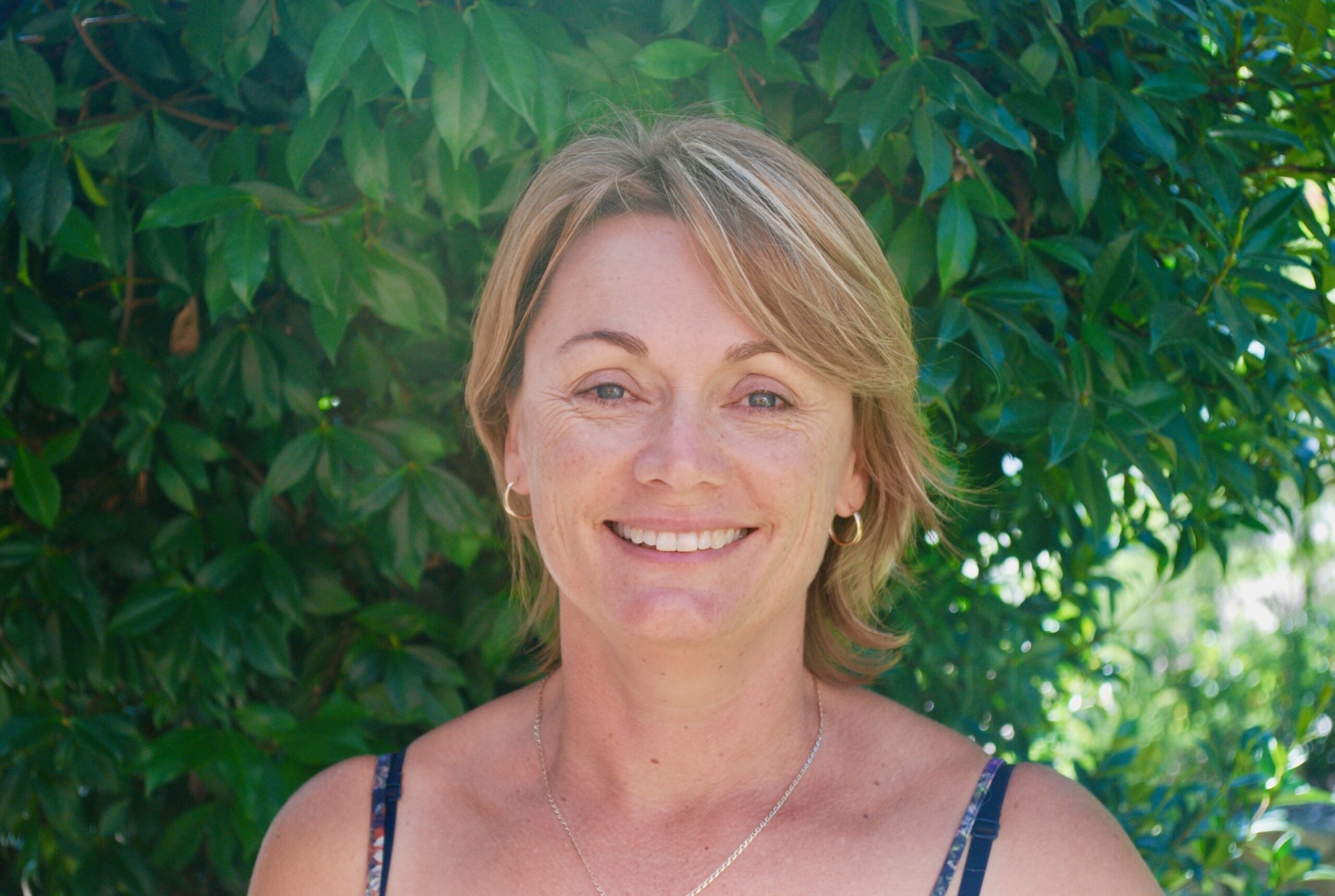Reality Therapy is the method of counseling that Dr. Glasser has been teaching since 1965. It is now firmly based on Choice Theory and its successful application is dependent on the counsellor’s familiarity with, and knowledge of, that theory. In fact, teaching Choice Theory to counselees (whether clients or students) is now part of Reality Therapy. Since unsatisfactory or non-existent connections with people we need are the source of almost all human problems, the goal of Reality Therapy is to help people reconnect.
This reconnection almost always starts with the counselor/teacher first connecting with the individual and then using this connection as a model for how the disconnected person can begin to connect with the people he or she needs. To create the relationship vital to Reality Therapy, the counselor, teacher or manager will:
- Focus on the present and avoid discussing the past because all human problems are caused by unsatisfying present relationships.
- Avoid discussing symptoms and complaints as much as possible since these are the ways that counselees choose to deal with unsatisfying relationships.
- Understand the concept of total behaviour, which means focus on what counselees can do directly-act and think. Spend less time on what they cannot do directly; that is, change their feelings and physiology. Feelings and physiology can be changed, but only if there is a change in the acting and thinking.
- Avoid criticising, blaming and/or complaining and help counselees to do the same. By doing this, they learn to avoid these extremely harmful external control behaviours that destroy relationships.
- Remain non-judgmental and non-coercive, but encourage people to judge all they are doing by the Choice Theory axiom: Is what I am doing getting me closer to the people I need? If the choice of behaviours is not getting people closer, then the counsellor works to help them find new behaviours that lead to a better connection.
- Teach counselees that legitimate or not, excuses stand directly in the way of their making needed connections.
- Focus on specifics. Find out as soon as possible who counselees are disconnected from and work to help them choose reconnecting behaviours. If they are completely disconnected then focus on helping them to find a new connection.
- Help them make specific, workable plans to reconnect with the people they need, and then follow through on what was planned by helping them evaluate their progress. Based on their experience, counsellors may suggest plans, but should not give the message that there is only one plan. A plan is always open to revision or rejection by the counselee.
- Be patient and supportive but keep focusing on the source of the problem, disconnectedness. Counselees who have been disconnected for a long time will find it difficult to reconnect. They are often so involved in the symptom they are choosing that they have lost sight of the fact that they need to reconnect. Help them to understand, through teaching them Choice Theory and encouraging them, that whatever their complaint, reconnecting is the best possible solution to their problem.
Recommended Reading:
Choice Theory: A New Psychology for Personal Freedom
Counselling with Choice Theory: The New Reality Therapy



